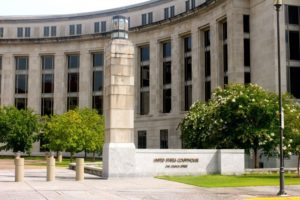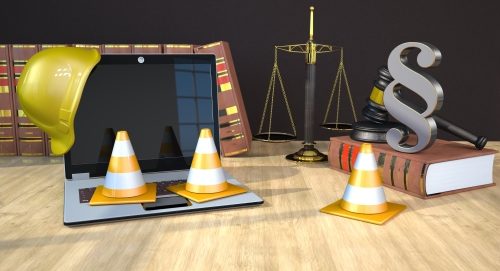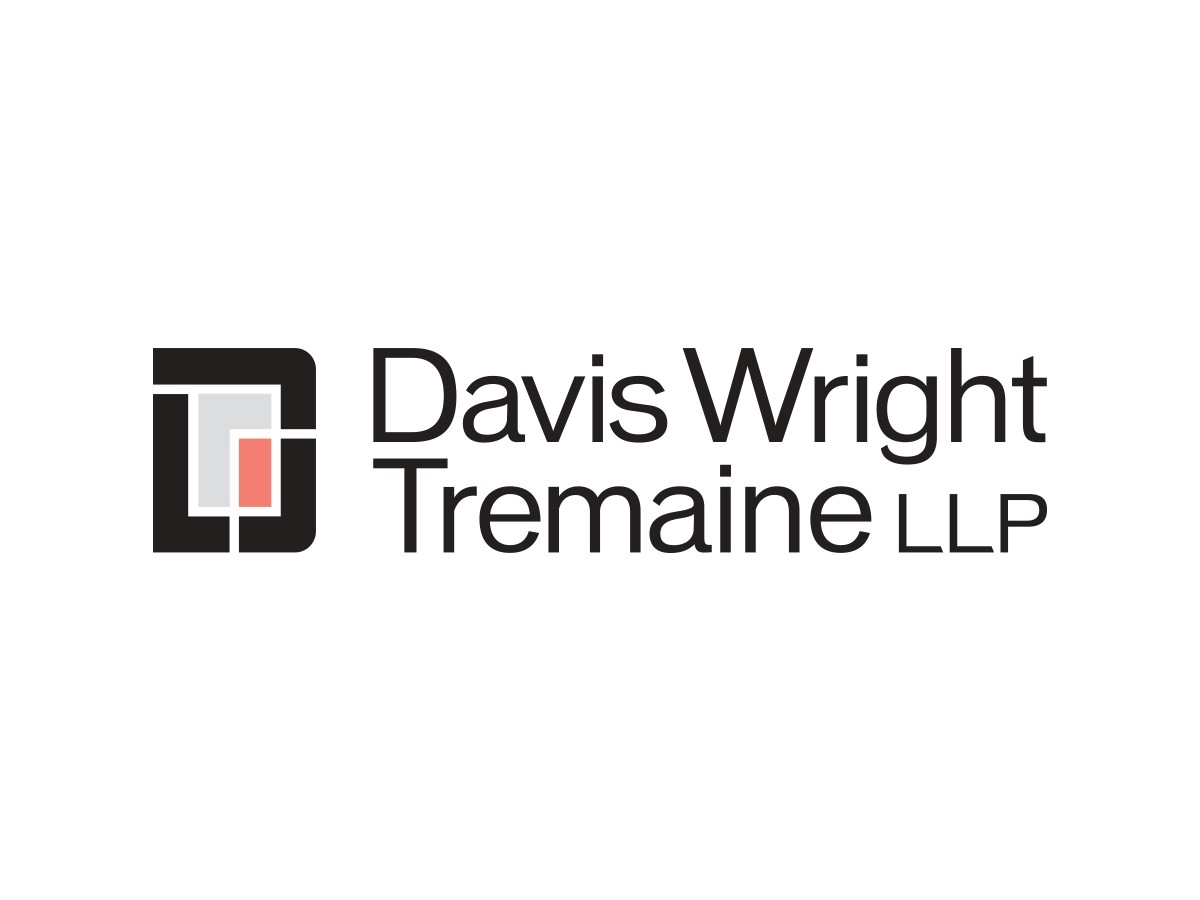Inventor Asks SCOTUS to Consider Patent Eligibility Again, Distinguishing Case from American Axle
“While the American Axle petition and the U.S. Solicitor General’s brief recommending certiorari both presented strong arguments for the Court to review the case, it ultimately ‘proved ill-suited to the task of reexamining the judicially created exceptions to Section 101 and the Alice framework.’”
Despite the U.S. Supreme Court’s rejection of the petition in American Axle v. Neapco just a few days earlier, inventor David Tropp on July 5 again asked the Court to unravel U.S. patent eligibility law. Tropp, who owns two patents relating to luggage lock technology that enables airport screening of luggage while still allowing the bags to remain locked, is asking the Court to answer the question: “Whether the claims at issue in Tropp’s patents reciting physical rather than computer-processing steps are patent-eligible under 35 U.S.C. § 101, as interpreted in Alice Corporation Pty v. CLS Bank International, 573 U.S. 208 (2014).”
The U.S. Court of Appeals for the Federal Circuit (CAFC) ruled in February 2022 that the district court was correct in holding all of the claims at issue patent ineligible because they “essentially describe the basic steps of using and marketing a dual-access lock for luggage inspection, a long-standing fundamental economic practice and method of organizing human activity.” The CAFC agreed that the claims were directed to an abstract idea and that its precedents have “consistently recognize[d] the abstract character of such practices and methods.” The district court also found that Tropp had identified “no inventive concept” in the claims and the CAFC agreed.
In his petition, however, Tropp argues that “the patents recite a series of steps involving a physical process that uses a physical apparatus, and…record evidence showed innovation over the prior art.”
The patents are U.S. Patent No. 7,021,537 (issued Apr. 4, 2006) and U.S. Patent No. 7,036,728 (issued May 2, 2006). They cover a physical process for screening luggage without breaking locks involving a special dual-access lock and an identification structure. Tropp has been selling the locks since soon after filing for the patents and “has enjoyed tremendous success in the travel industry, quickly becoming the new standard for luggage locks.” The litigation has been ongoing for more than 15 years.
Tropp’s petition explains that, while the American Axle petition and the U.S. Solicitor General’s brief recommending certiorari both presented strong arguments for the Court to review the case, it ultimately “proved ill-suited to the task of reexamining the judicially created exceptions to Section 101 and the Alice framework.” The petition continues:
Arguably, broader issues about the continued viability and proper scope of the Alice framework applied only “tangentially” in that case…. And in any event, American Axle turned in large measure on a fact bound application of the natural law exception that was raised by the court of appeals sua sponte. [citations mitted]
In contrast, Tropp’s petition “lacks those issues that might get in the way of addressing the full scope of the Alice framework.” It also involves the abstract idea exception, “which ‘has arisen much more frequently’ in this Court’s 35 U.S.C. § 101 cases.”
The case represents a good vehicle for providing guidance on Section 101 because it can “provide an appropriate blank slate for the Court to revisit or modify the Alice framework, either broadly or as confined to innovations involving physical processes,” says the petition. The patents also involve physical products and processes and stand in stark contrast to the patents at issue in cases like Alice, Mayo and Bilski. The Court would also have a chance to weigh in on Alice step two, and the facts of the case make it clear that the Federal Circuit’s Section 101 analysis “has expanded far beyond the statutory text” to “encompass considerations addressed by other express prerequisites for patentability, in contravention of this Court’s admonition that these other requirements exist ‘wholly apart from whether the innovation falls into a category of statutory subject matter.’”
The petition concludes:
Matters of obviousness and novelty have no place in the 35 U.S.C. § 101 inquiry, which is meant to be “only a threshold test” of patent eligibility.… [I]t unnecessarily injects confusion and delay into what should be a matter decided definitively at the outset. Indeed, it leads precisely to situations like the one here—where, in a case that had been winding its way through the courts for fifteen years on various other Patent Act issues, respondents effectively got another, bigger bite at the apple under the guise of 35 U.S.C. § 101 patent–eligibility review…. That approach will hinder American global competitiveness and innovation—whether that innovation would come from the research–and–development arm of a major corporation or from a small–time inventor like the petitioner here, who practices his innovation with a specific solution to a specific problem.
Eileen McDermott
Eileen McDermott is the Editor-in-Chief of IPWatchdog.com. Eileen is a veteran IP and legal journalist, and no stranger to the intellectual property world, having held editorial and managerial positions at […see more]







